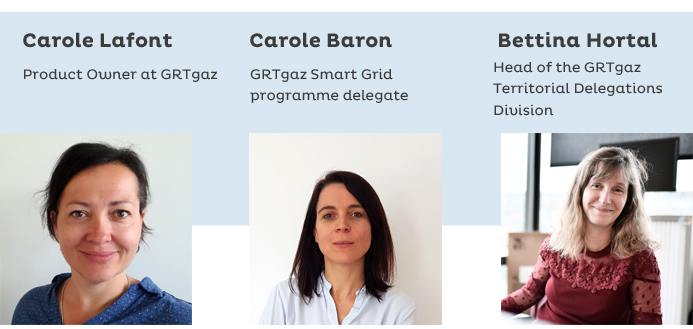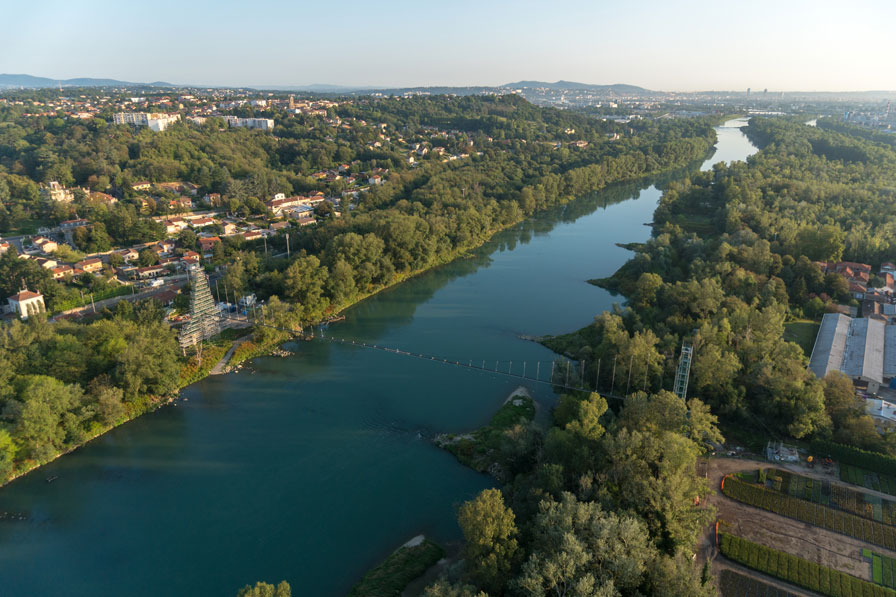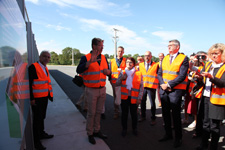ODRÉ is changing for the better!

Electricity and gas consumption, energy production, transport networks, weather and climate changes... Since its release in 2017, ODRÉ has shared data from energy stakeholders within a given area. These data have been universally available to users including local authorities, consultancy firms, non-profit organisations, students, individuals, etc.

"We saw these changes not as a constraint but rather as an opportunity to strengthen our commitment to an energy future that is safe, affordable and climate neutral."Carole Lafont
Product Owner at GRTgaz
Open access to more than 200 data sets
The platform was launched by GRTgaz and RTE (France’s electricity transmission system operator), with Teréga, AFGNV (the French association for national gas vehicles), Weathernews France, Elengy, Storengy and Dunkerque LNG joining later. Its creation came about due to several regulatory changes: from 2015, France’s Energy Transition for Green Growth Act requested gas and electricity transporters and distributors provide local authorities with indicators to support their energy transition. In 2016, the Digital Republic Act promoted “open data” i.e. free access to data. “We saw these changes not as a constraint but rather as an opportunity to strengthen our commitment to an energy future that is safe, affordable and climate neutral. This is why we made more than 100 gas-specific data sets available on ODRÉ - some of which are updated in real time, while supporting this data delivery with a big educational push,” explains Carole Lafont, Product Owner at GRTgaz. These data are strategic for the energy transition, so simply providing them is not enough. Explanations are needed to optimise their use and facilitate understanding and ownership. “Outreach work is vital for non-specialists. Expert users, meanwhile, need to trust that the data are reliable and to understand their source,” summarises Carole Baron, GRTgaz Smart Grid programme delegate.
“Outreach work is vital for non-specialists. Expert users, meanwhile, need to trust that the data are reliable and to understand their source,”Carole Baron
GRTgaz Smart Grid programme delegate
Greater accessibility, improved education, enhanced content
From the outset, ODRÉ was designed with this educational priority in mind. Nevertheless, ongoing feedback from platform users convinced GRTgaz and its partners that they needed to go further. Version two was thus released in 2022. Its architects worked hard on the contextualisation and visualisation aspects, using graphs and maps to “tell a story” around each data set. The second version was also a chance to facilitate access to data by modernising the design, reviewing the interface, and simplifying the clickstream. “We also enhanced its content. To meet the requirements of local authorities, for example, we added regional scenarios to the gas outlook and created three new renewable gas indicators (IGR) - one monthly, one annualised, and one for the five upcoming years,” says Bettina Hortal, Head of the GRTgaz Territorial Delegations Division.
"To meet the requirements of local authorities, for example, we added regional scenarios to the gas outlook and created three new renewable gas indicators (IGR) - one monthly, one annualised, and one for the five upcoming years."Bettina Hortal
Head of the GRTgaz Territorial Delegations Division
Product Owner at GRTgazOther data and upcoming visualisation
ODRÉ’s operators will continue to develop the redesigned platform. Additional data sets should emerge over the coming months, in particular relating to hydrogen. This should boost ODRÉ’s already significant user base, which currently stands at around 20,000.

